NASA Set To Launch Water-Monitoring Satellite
The eighth Landsat satellite launches on Monday. It will measure water quality and quantity.
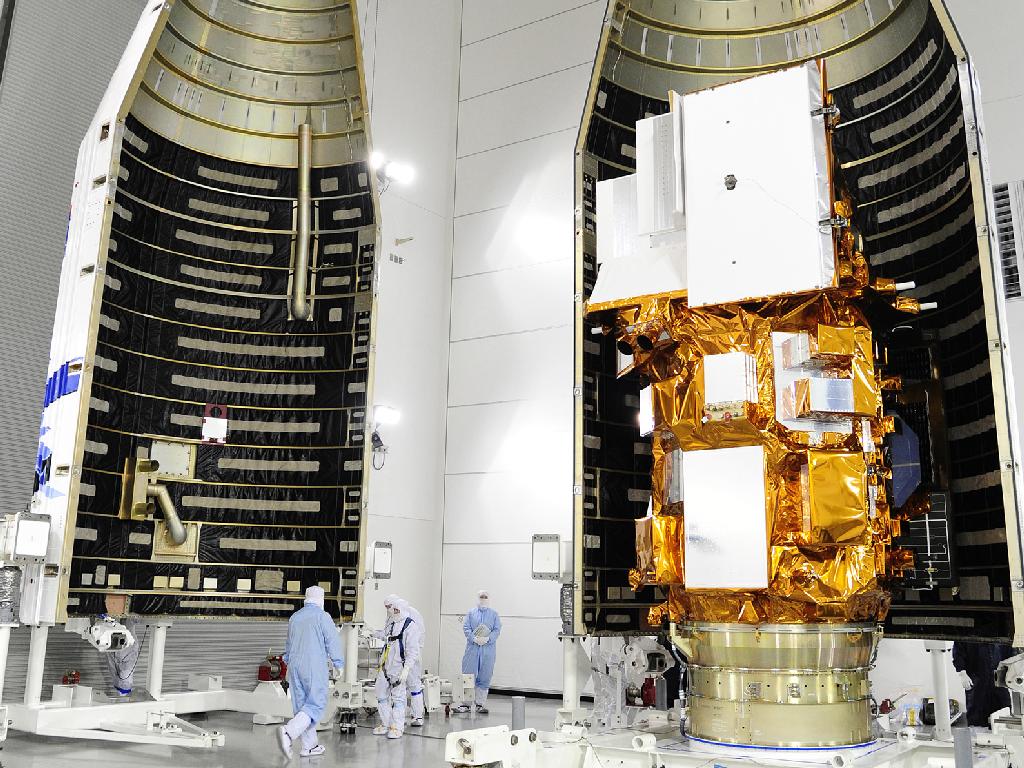
Two years ago NASA retired its iconic workhorse, the space shuttle. The agency’s scientific mission, however, did not expire, and the agency marks a milestone on Monday with the launch of the eighth version of the Landsat satellite, an essential tool for monitoring the nation’s water resources.
Lifted into orbit by a Saturn V rocket, the satellite will carry two instruments. One, the Operational Land Imager, will track changes in water quality in lakes.
The other instrument measures thermal energy. It will give water managers in the western United States a better sense of how much water irrigated crops are using, said Tony Willardson, the executive director of the Western States Water Council, a body appointed by the governors of the 18 western states.
“The state of Idaho is a pioneer for using that data to measure evapotranspiration from crops,” Willardson told Circle of Blue. “It’s a promising technology for improving water management. It gives more precise measurements of water use.”
Data from the mission, a collaboration between NASA and the U.S. Geological Survey (USGS), will be freely available to the public.
“For decades, Landsat has played an important part in NASA’s mission to advance Earth system science. [Landsat 8] promises to extend and expand that capability,” said Michael Freilich, director of the Earth Science Division in the Science Mission Directorate at NASA headquarters in Washington. “USGS’s policy of offering free and open access to the phenomenal 40-year Landsat data record will continue to give the United States and global research community a better understanding of the changes occurring on our planet.”
NASA is also a partner in the Aquarius mission, which uses satellite measurements of salt content in the oceans to understand better the global water cycle.
Brett writes about agriculture, energy, infrastructure, and the politics and economics of water in the United States. He also writes the Federal Water Tap, Circle of Blue’s weekly digest of U.S. government water news. He is the winner of two Society of Environmental Journalists reporting awards, one of the top honors in American environmental journalism: first place for explanatory reporting for a series on septic system pollution in the United States(2016) and third place for beat reporting in a small market (2014). He received the Sierra Club’s Distinguished Service Award in 2018. Brett lives in Seattle, where he hikes the mountains and bakes pies. Contact Brett Walton


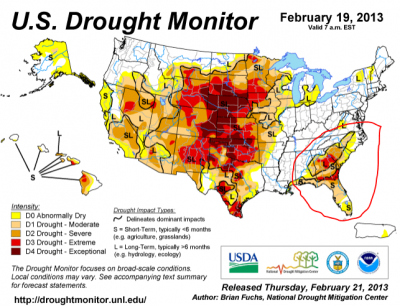


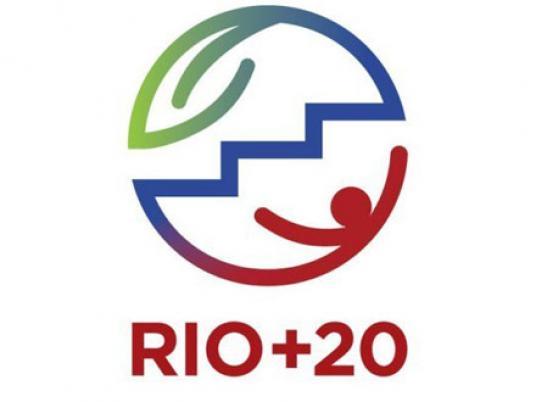
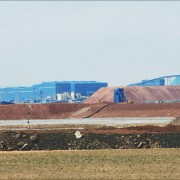
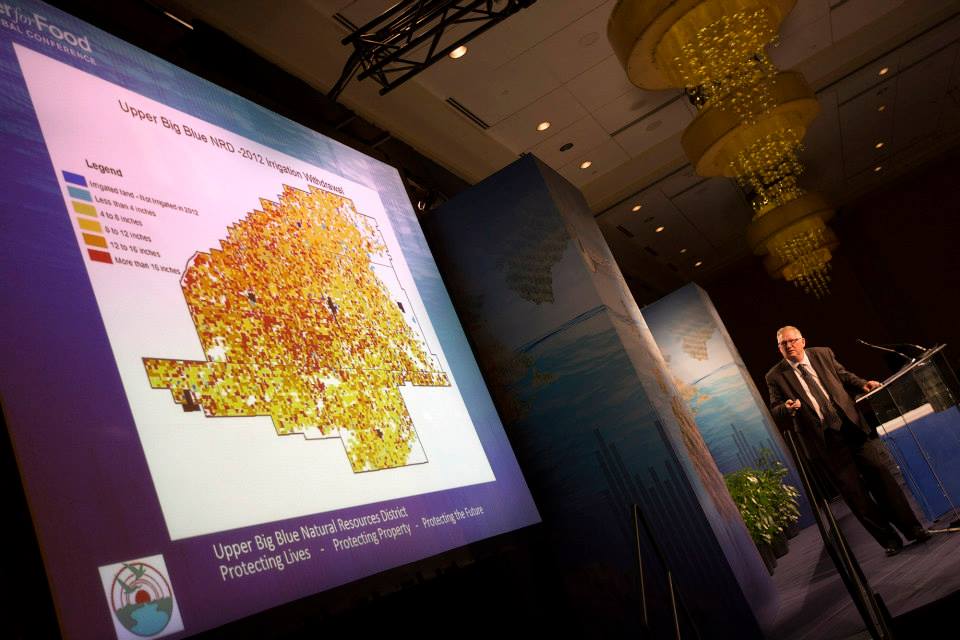


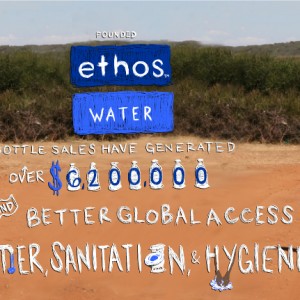
Leave a Reply
Want to join the discussion?Feel free to contribute!